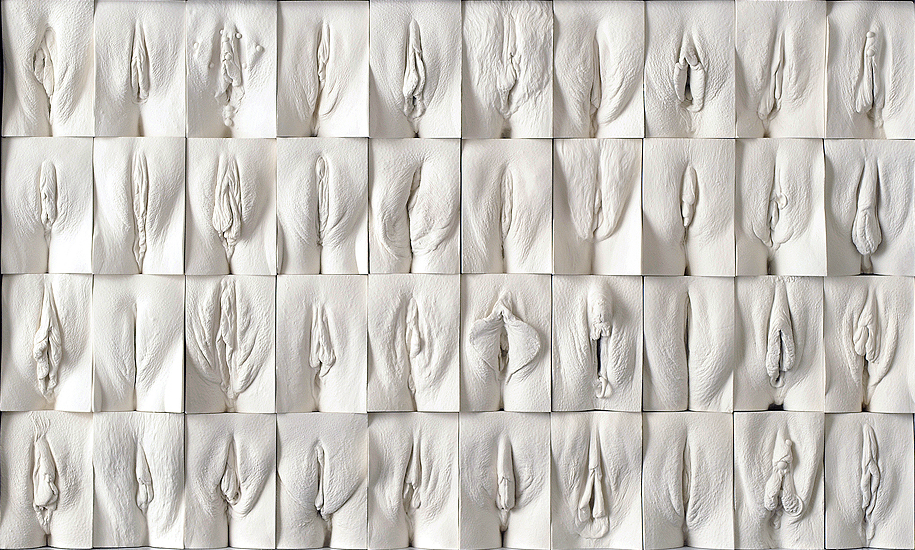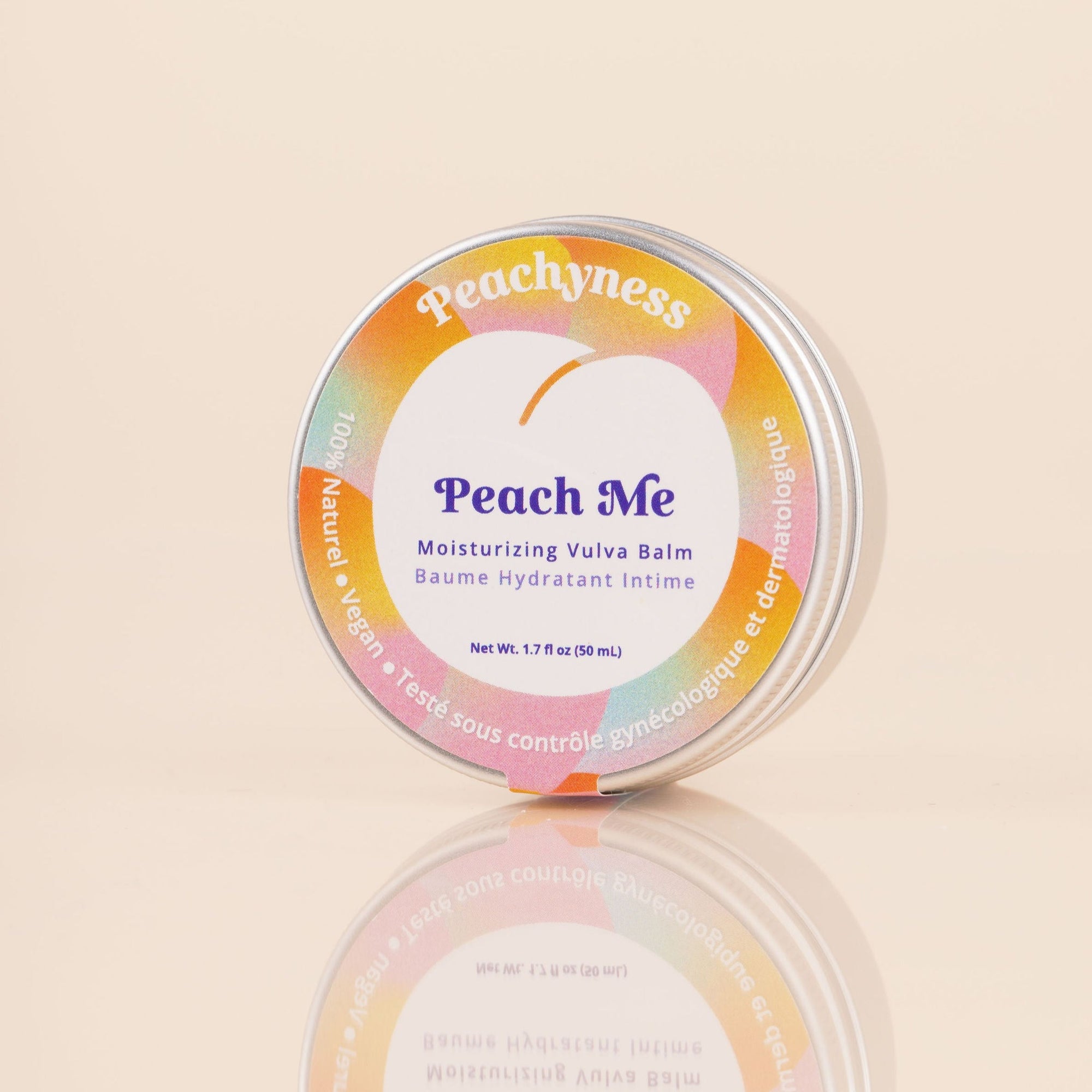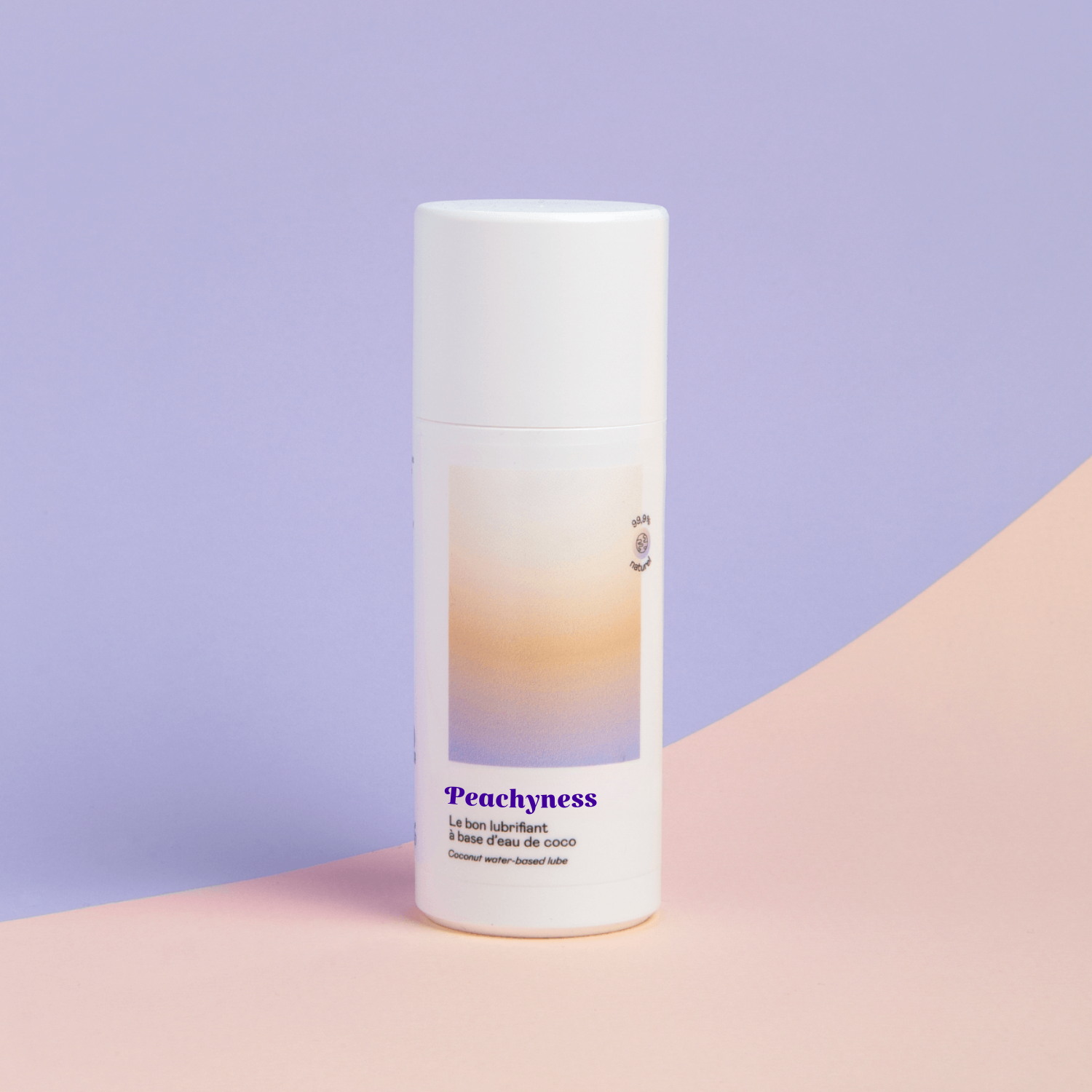
Is my vulva normal?
A real taboo has been created around women's private parts. Especially around the vulva.
(For those who are still a bit lost between Vulva and Vagina, don't panic! We wrote an article on the subject 😊)
FINALLY, thanks to the internet, we have all kinds of information. The problem ? It is that often the anatomy of the woman and more particularly the vulva and the vagina, have a distorted image of reality. Thank you porn industry!
We are shown very smooth vulvas (often hairless, without ingrown hairs or redness) with perfectly regular lips, small etc...
The reality is different !
THERE ARE AS MANY SHAPES OF VULVAS AS THERE ARE PEOPLE.
THE PROUD LABIA MOVEMENT
Feminist groups have always promoted self-love and Body Positivity (body acceptance).
In the past – also called the “pre-internet era” – these feminist groups encouraged women to pick up a mirror and look at their vulvas.
We encourage you, if you haven't already (or it's been a while), to take a mirror and look at your vulva. To meet her and get to know her and appreciate her.
Many exhibitions have taken place (and still take place).
Artists highlighting the beauty of the diversity of bodies and vulvas. Educating and offering a real anatomical representation.
Because, remember that at the time (before the internet) there were no images of vulvas in the mainstream media, with the exception of...pornography.
Since the 2010s, feminist groups have launched world-famous campaigns, such as Large Labia Project or Courageous Cunts . These feminist groups collect photos of vulvae, to illustrate the anatomical diversity to educate and decomplex.
The Labia Pride Movement was created to raise awareness of the rise of labiaplasty and to encourage people with vulvas to take pride in their bodies.
Labiaplasty consists of reducing the size of the labia minora of the vagina, for aesthetic or functional reasons. Today the majority of labiaplasties are performed for the sake of aesthetics and a desire to confirm themselves to the images found in pornography.
Instagram today is a great source for depicting the vulva with accounts sharing drawings, art, and/or educational content:
- @ the.vulva.gallery
- @happyvulvaclub
- The Great Wall of Vagina on their website: "It's not vulgar, it's vulvas!" It's not just for buzz, it's art with a social conscience”.
Another interesting project is the publication in 2019 of “Woman: Naked Reality” by photographer Laura Dodsworth. Thanks to her photos, each of the 100 vulvas she took is accompanied by a story.
Does it really help us love our vulvas better?
Some maintain that these projects harm their noble cause: so much representation can complex, if the person does not find himself in the examples shown.
We at Peachyness believe that on the contrary, the more representations there are, the more we will understand our vulvas and find ourselves in what is shown, without shame, complex.
Labiaplasty, a scourge?
According to data collected by the International Society of Aesthetics Plastic Surgery, labiaplasty surgeries increased by 45% worldwide between 2015 and 2016. This surgery aims to modify the labia minora (inner lips) and/or the labia majora ( outer lips), to change their shape.
In some cases, a labiaplasty is necessary, for medical reasons: If the labia cause discomfort or even pain during daily activities (walking / running / swimming / during sexual intercourse…) or when simply wearing clothes. Labiaplasty is an option. This discomfort can also show up later in life, as the vulvas grow and change shape over time.
But today, the majority of labiaplasties are conducted solely out of a desire for conformity or youth.
Now marketed as a "must have" more and more women, past a certain age, undergo labiaplasty to rejuvenate their vulva.
Moreover, more and more of these surgeries are performed on teenagers, for purely aesthetic reasons. In 2016, in the United States, 5% of patients who underwent labiaplasty were 16 years old or younger!
Be kind to your vulva
Our society has created this vicious circle of complexes and taboos. The most important thing to remember is that your vulva is unique. Unique does not mean better or worse. She is just different.
We encourage you to get to know her better, to look at her, to touch her and to take care of her. Knowing your vulva allows you to know yourself better. Feeling comfortable with your vulva (its shape, its smell, its hair, etc.) makes you feel better about yourself.
You can also discuss your questions and doubts with your gynecologist or midwife (yes, a midwife can follow you, without you being pregnant).







